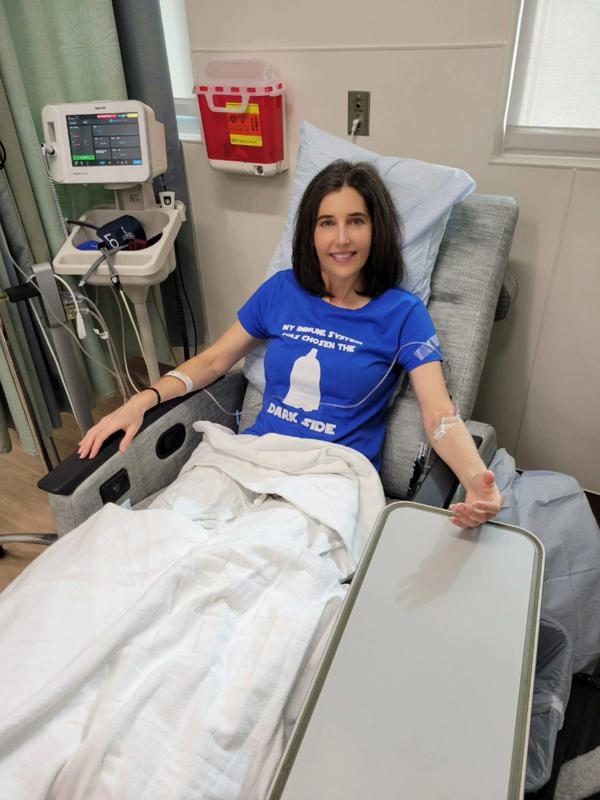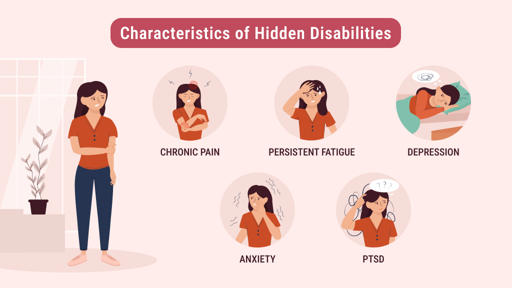Understanding Your Body: When Symptoms Are Not Just In Your Head
A Holistic Approach to Body Awareness and Health

Frequently Asked Questions
While some symptoms can overlap, a key indicator is to monitor the duration and triggers of the symptoms. Likewise, consulting a healthcare provider for professional assessment is essential.
Common physical symptoms include headaches, stomachaches, fatigue, muscle tension, and changes in appetite. Understanding these may assist in recognizing the mind-body connection.
Step by Step Guide
1
Understanding Bodily Symptoms
Begin by familiarizing yourself with common bodily symptoms. Learn how they can signify both physical and mental health conditions. Symptoms can range from headaches to stomach discomfort, fatigue, and more. Recognizing their nature and origin is key to understanding what your body is signaling.
2
Exploring the Mind-Body Connection
Delve into the research around the mind-body connection. Recognize how emotional stress, anxiety, and depression can manifest through physical symptoms. Studies suggest that psychological well-being plays a critical role in physical health.
3
Keeping a Symptom Journal
Start maintaining a symptom journal. Record your symptoms daily, noting their duration, intensity, and any possible triggers. This practice will help you identify patterns and potential correlations between your mental state and bodily symptoms.
4
Consulting with Healthcare Professionals
Schedule an appointment with a healthcare provider to discuss your symptoms. Provide them with your journal notes, as this will offer valuable insights. Your healthcare provider may conduct tests to rule out any serious conditions.
5
Understanding Labeling and Stigmas
Educate yourself about how mental health symptoms are often misunderstood and stigmatized. Increase your awareness of terms like 'psychosomatic' and how they relate to the perception of physical ailments linked to mental health.
6
Adopting Healthy Lifestyle Choices
Incorporate healthy lifestyle choices such as balanced nutrition, regular exercise, and adequate sleep. These factors contribute significantly to both physical and mental health, helping to alleviate various symptoms you may experience.
7
Practicing Mindfulness and Stress Management
Introduce mindfulness practices like meditation, yoga, or deep-breathing exercises into your routine. These methods can help reduce stress and anxiety, potentially diminishing the intensity or frequency of physical symptoms.
8
Engaging in Open Conversations
Have open discussions about your health with family and friends. Sharing your experiences can provide emotional support and reduce feelings of isolation. They may also share their own experiences, offering new insights.
9
Exploring Alternative Therapies
Consider exploring alternative therapies such as acupuncture, chiropractic care, or therapy with a licensed mental health professional. These can provide holistic approaches to managing symptoms stemming from both mental and physical sources.
10
Celebrating Progress and Staying Aware
Finally, celebrate the small victories in understanding and managing your symptoms. Keep your symptom journal updated and remain attentive to any changes in your body and mind. This ongoing awareness will empower you to maintain a healthier lifestyle.








